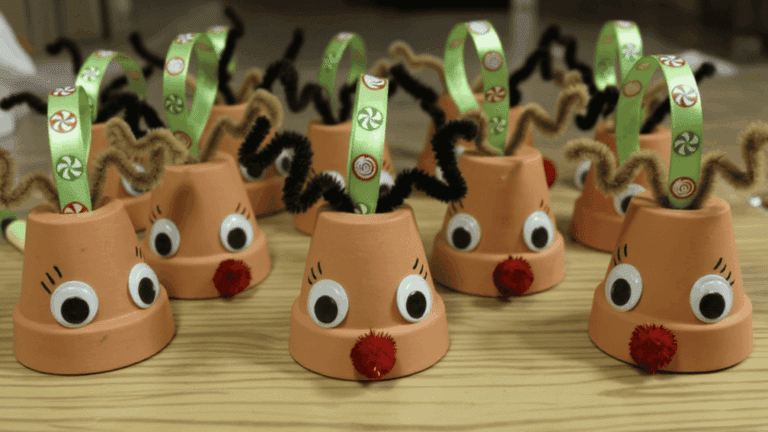A visit to Machu Picchu is more than seeing a world wonder. It’s a chance to understand a story written in stone and shaped by mountains. When you travel with curiosity, every step reveals something new. The ruins, the journey, and the people who protect them can teach you lessons that go beyond travel. This is where exploration turns into discovery, and discovery becomes understanding.
Let the Journey Teach You
The adventure begins long before you reach the ruins. Traveling through the Sacred Valley of the Incas gives you an early look at how deeply life here is tied to the land. Villages, terraces, and rivers tell the story of balance and adaptation. You start to see how the Inca civilization built with purpose and respect for their surroundings.
As the train from Cusco to Aguas Calientes follows the Urubamba River, the scenery shifts from dry highlands to cloud forest. Each bend in the track shows how geography shaped both daily life and culture. Some travelers walk the Inca Trail, while others pass through local communities that still keep age-old practices alive. Working with a tour operator that values learning experiences and responsible tourism helps ensure these traditions continue to thrive.
By the time you arrive, you already understand something important. Learning begins when you start paying attention. The sound of the river, the quiet of the mountains, and the rhythm of the journey prepare you for what’s ahead.
See History As Something Living
When you first stand inside Machu Picchu, it’s easy to be swept away by the scale of it all. But this isn’t a silent monument. It’s a living reflection of the Inca world. Every wall, stairway, and temple reveals how knowledge, spirituality, and community once came together within this archaeological sanctuary.
Walk slowly through the site and notice how the sunlight changes the color of the stones. Notice how each structure seamlessly integrates into the surrounding terrain. The precision shows more than engineering skill. It reflects the artistry of Incan masonry and how the builders of ancient Peru studied the stars and the soil to shape their world.
If you climb the Huayna Picchu mountain, you’ll see how the terraces spiral above the valley, offering one of the most striking views of the Inca ruins. From there, the Temple of the Sun glows in the morning light, a perfect example of how architecture and meaning blend into one.
Listen to Local Voices
The people who live around Machu Picchu carry its history in their daily lives. Their traditions, crafts, and stories connect the past with the present. Speaking with them adds depth to what you see at the site.
Ask your local guides about their customs or the meaning behind certain symbols. Visit small markets or family-owned cafés and listen to how people describe their work. Many still use traditional methods for farming, weaving, and cooking. Their way of life reflects values that have endured for centuries, offering a meaningful way to engage with local cultures wherever you travel.
Exploring nearby destinations, such as Rainbow Mountain or the Cusco Cathedral, reveals more layers of Peru’s heritage. Each place adds context to what you’ve learned in the highlands, deepening your understanding of history through the people who live it.
Learn From the Landscape
Machu Picchu’s greatest lesson may come from its setting. The site doesn’t sit on the mountain; it belongs to it. The Inca worked with the natural contours instead of forcing their own design, showing how nature and architecture can exist in harmony.
Take a moment to stand still and notice the patterns of the clouds or the sound of the wind. Follow trails that lead toward the Sun Gate, or take the Salkantay trek for a more challenging journey that reveals the region’s wild beauty. Bring your hiking boots—the paths are steep, but every step rewards you with a new perspective.
Learning from the landscape is about slowing down. When you stop trying to see everything at once, you begin to see what matters. The mountains, the river, and the valleys teach lessons that no classroom can match. It’s no surprise that Alpaca expeditions and other expert guides design personalized journeys that help travelers experience these natural classrooms in the best way possible.
Reflect on What You’ve Learned

When the day slows and the crowds fade, take a moment to think about what stayed with you. Maybe it was the stillness of the morning or the view from the terraces. Maybe it was the warmth of a local conversation or the precision of the stonework. Reflection gives meaning to those moments.
If you’re traveling with children, this pause becomes even more valuable. It gives you time to discuss what they noticed, what surprised them, and what sparked their curiosity. Sharing these thoughts helps everyone see the experience through fresh eyes.
Writing down your reflections helps you remember not only what you saw, but also how the journey felt. It turns impressions into understanding. The next time you travel, you’ll notice more because you’ve learned how to see differently.
Wrapping It Up
A tour of Machu Picchu can be more than an item on your travel list. It can serve as a valuable lesson in awareness and appreciation. When you travel with an open mind, every mountain, river, and stone has something to say. You leave not only with memories, but also with a deeper understanding. That’s what makes Machu Picchu more than a destination. It becomes an experience that teaches you long after you’ve gone home.


















